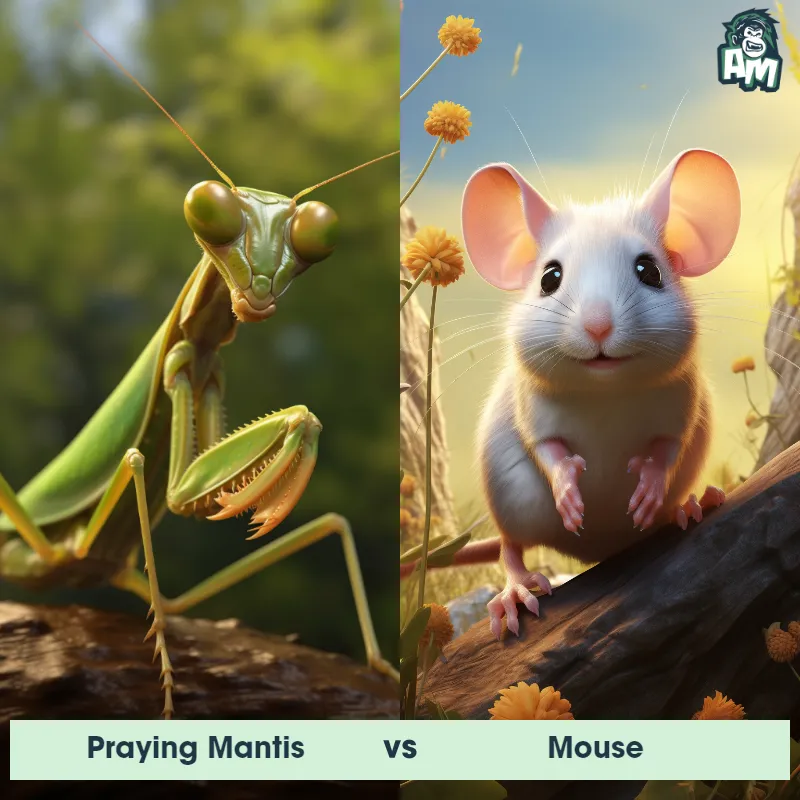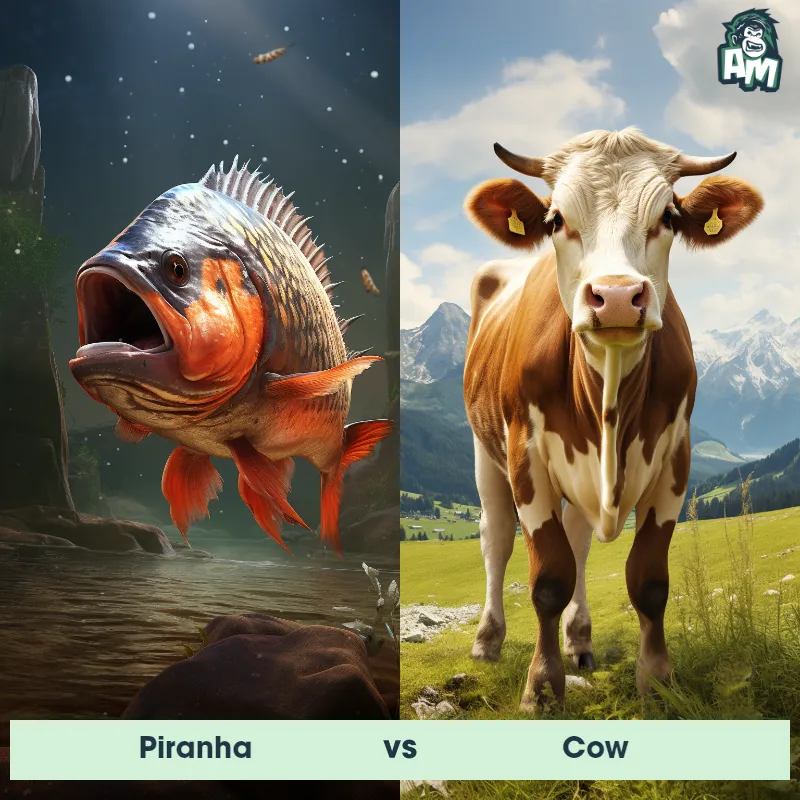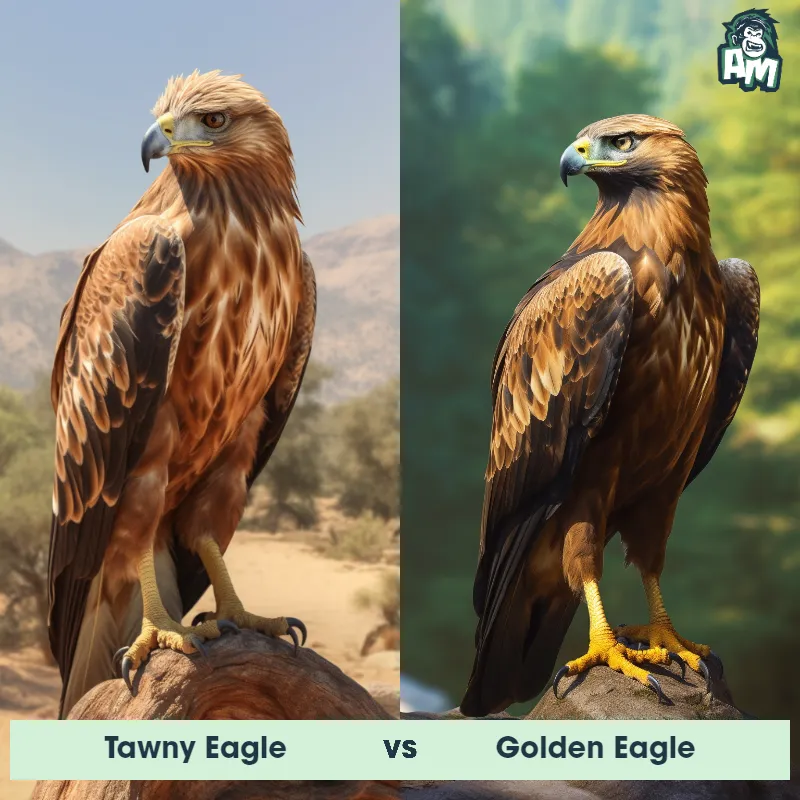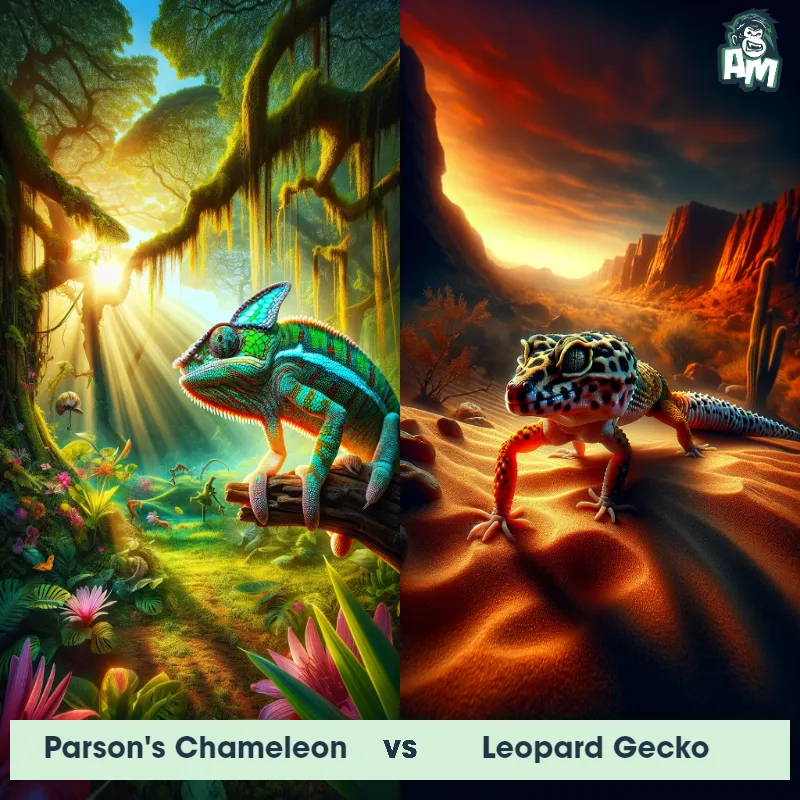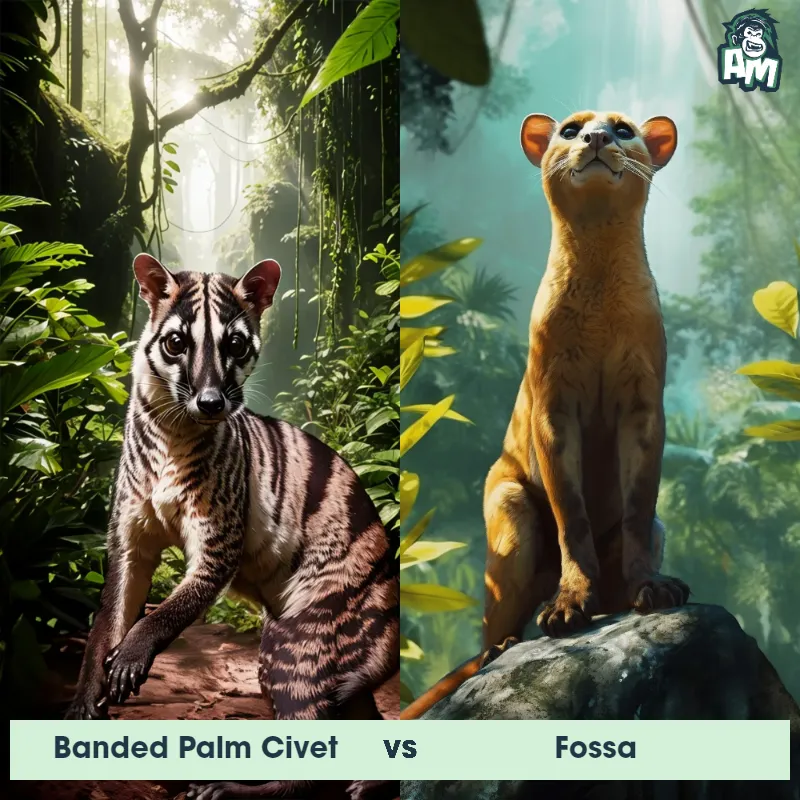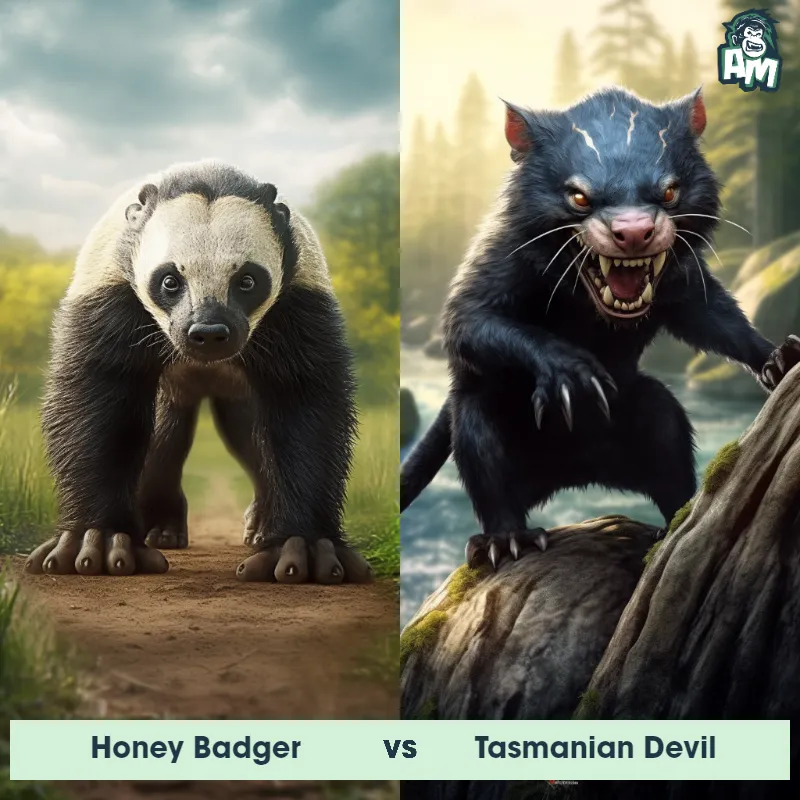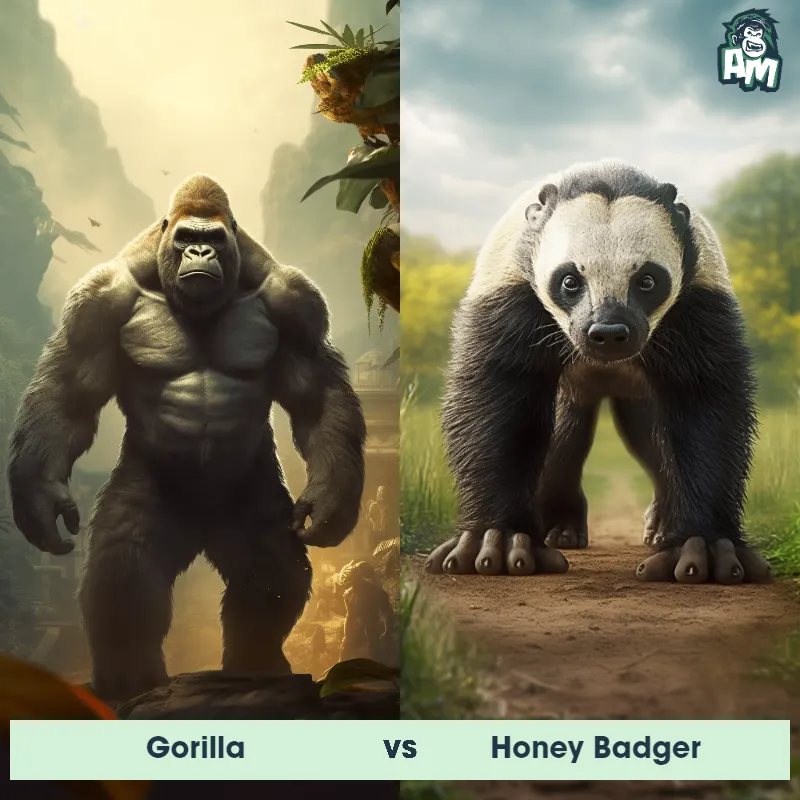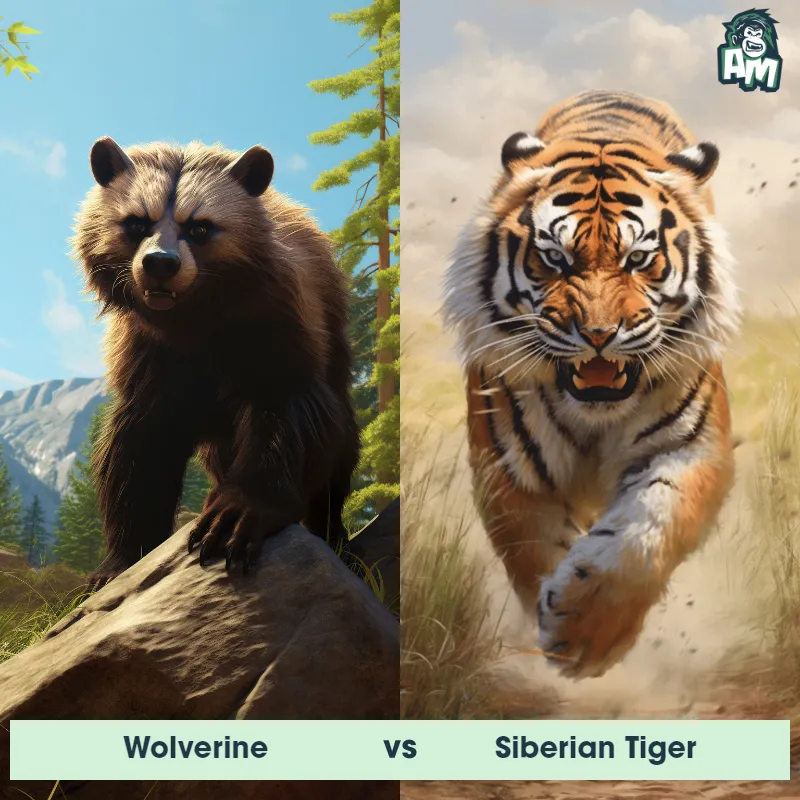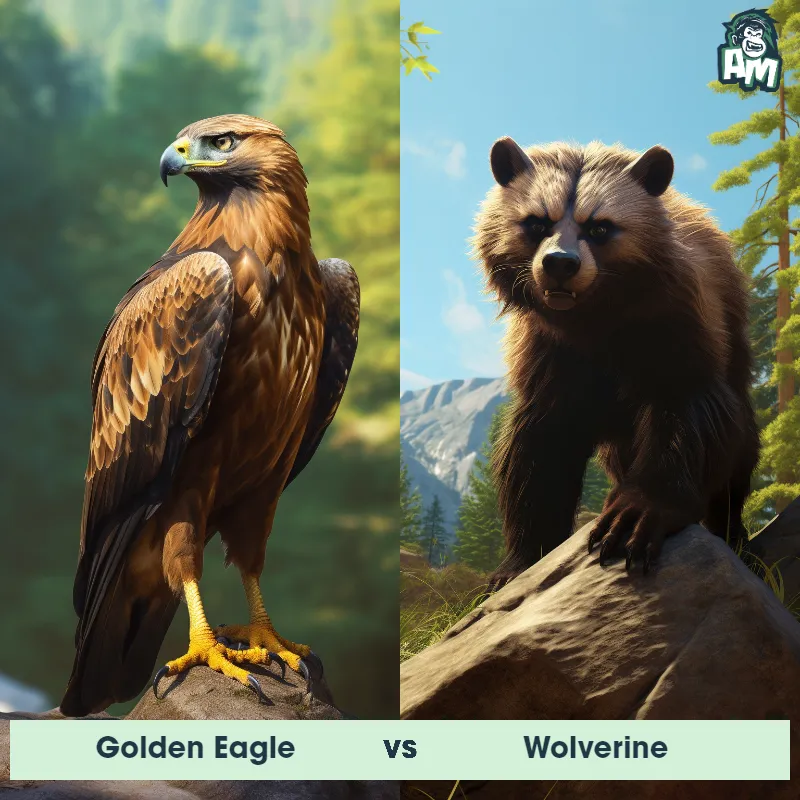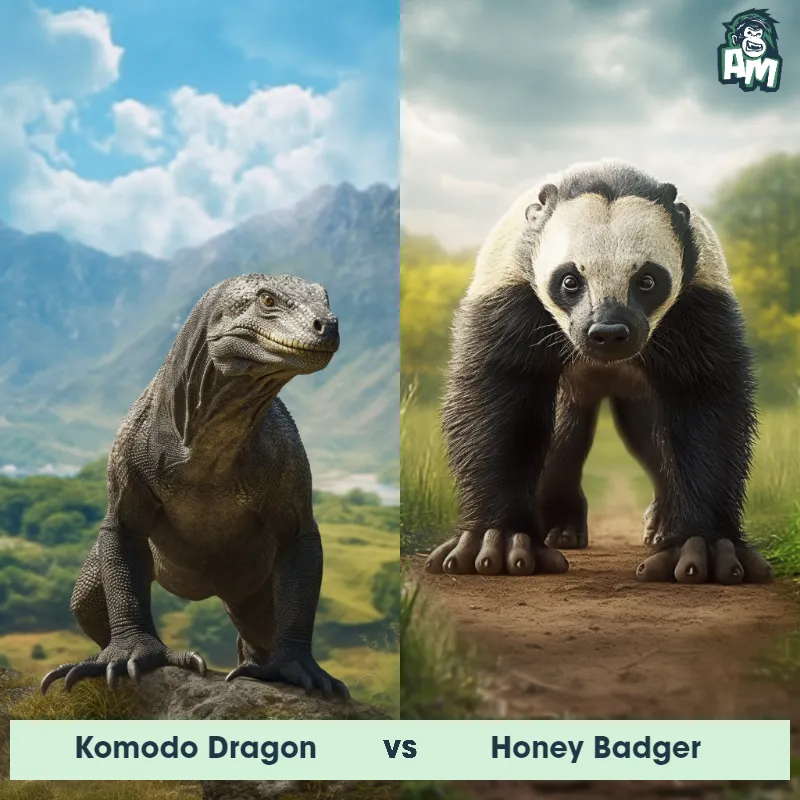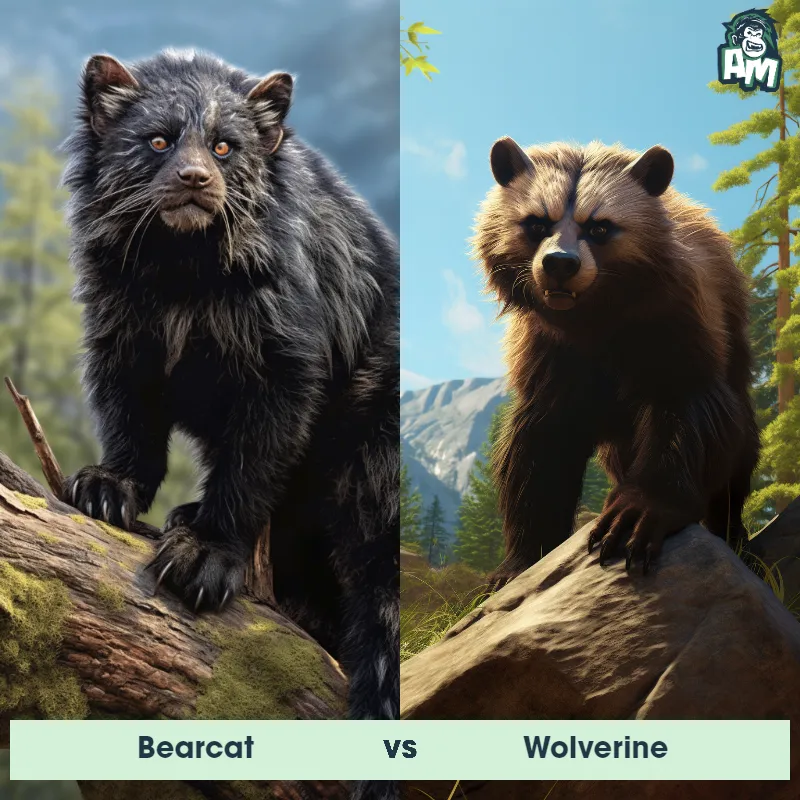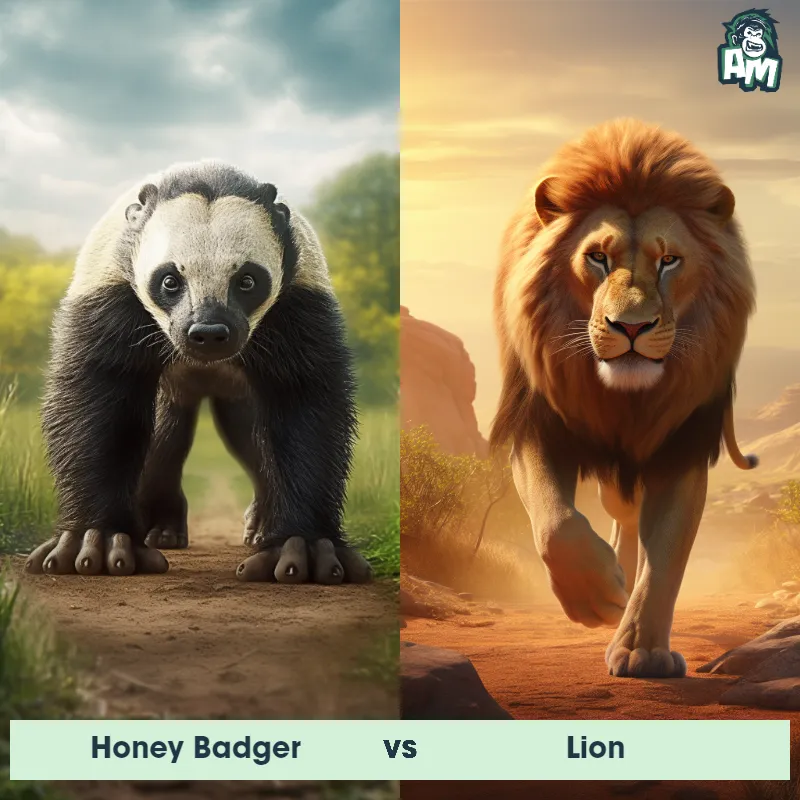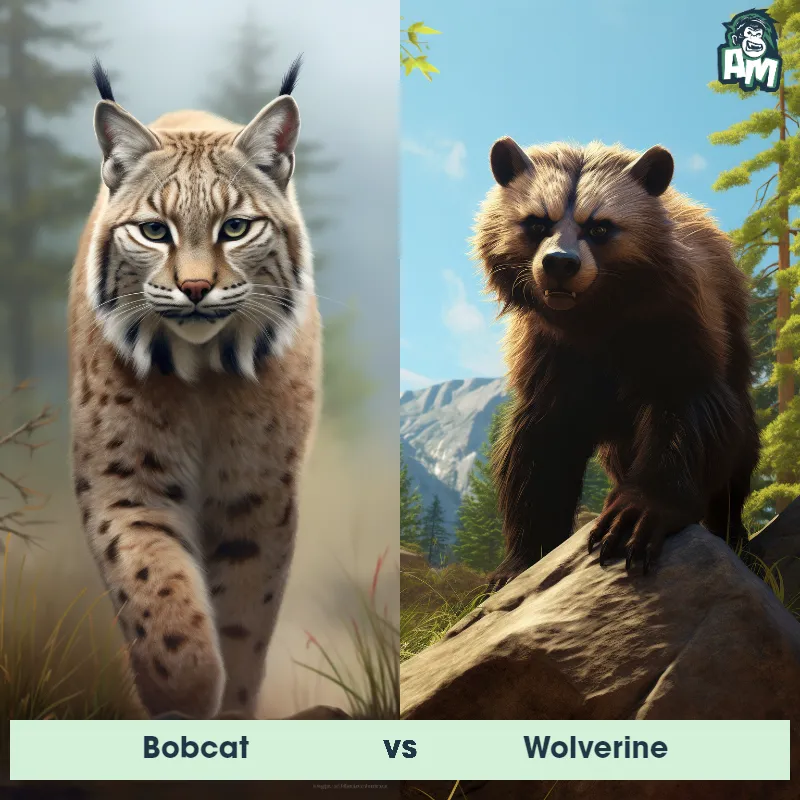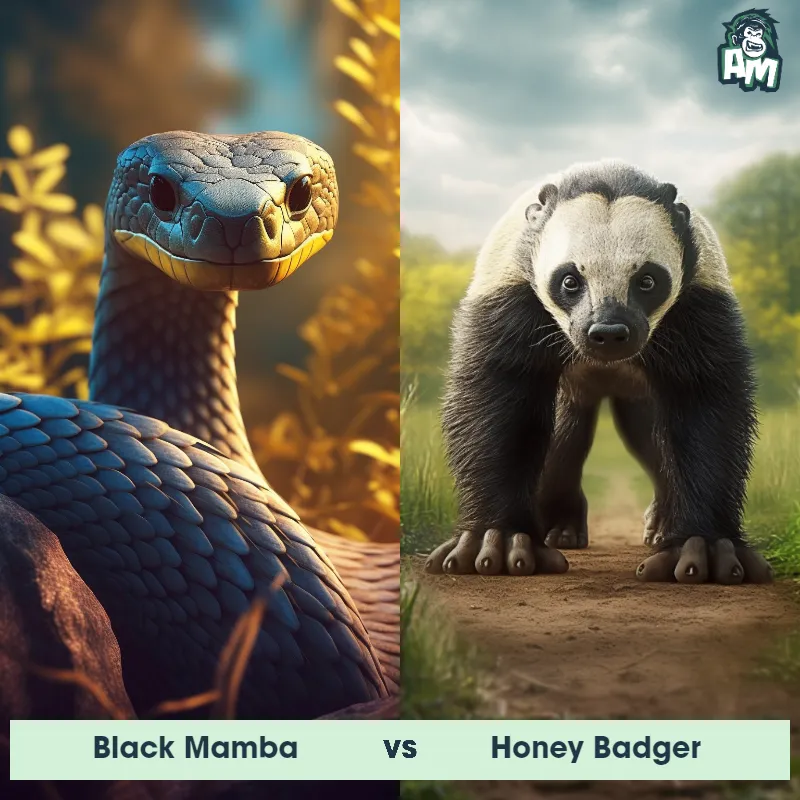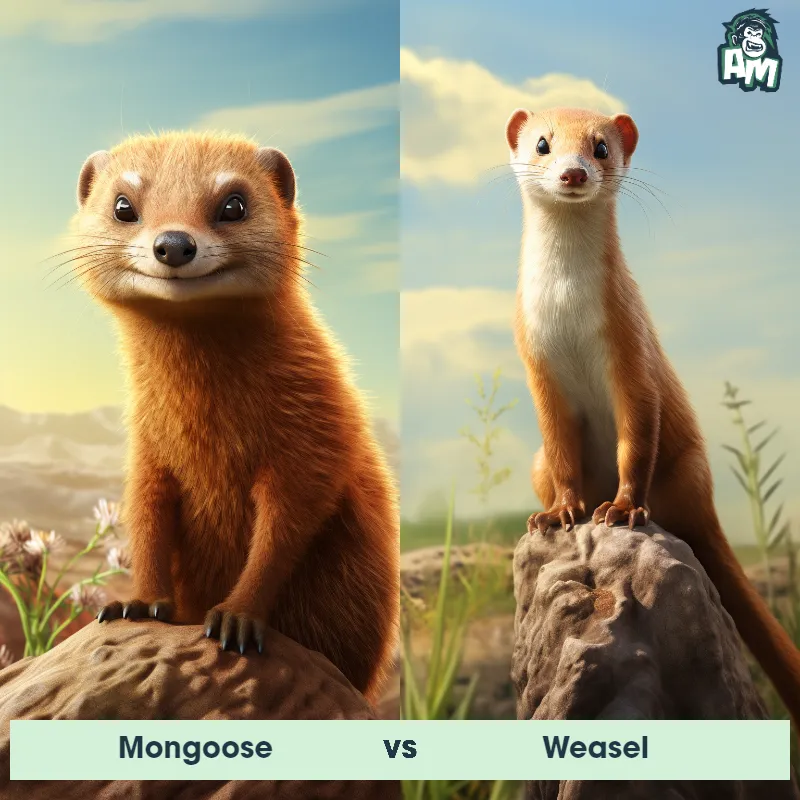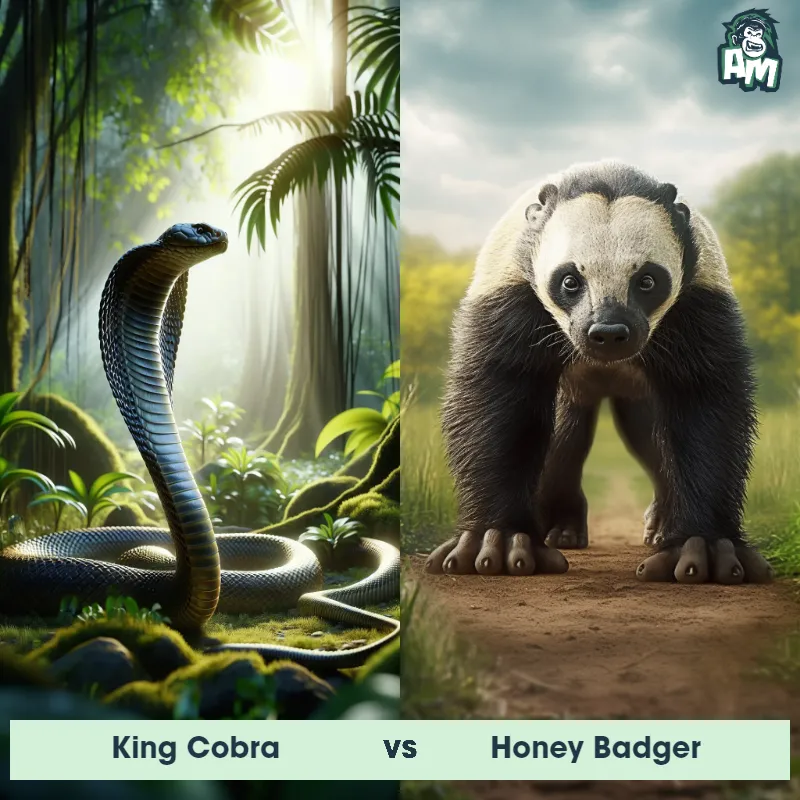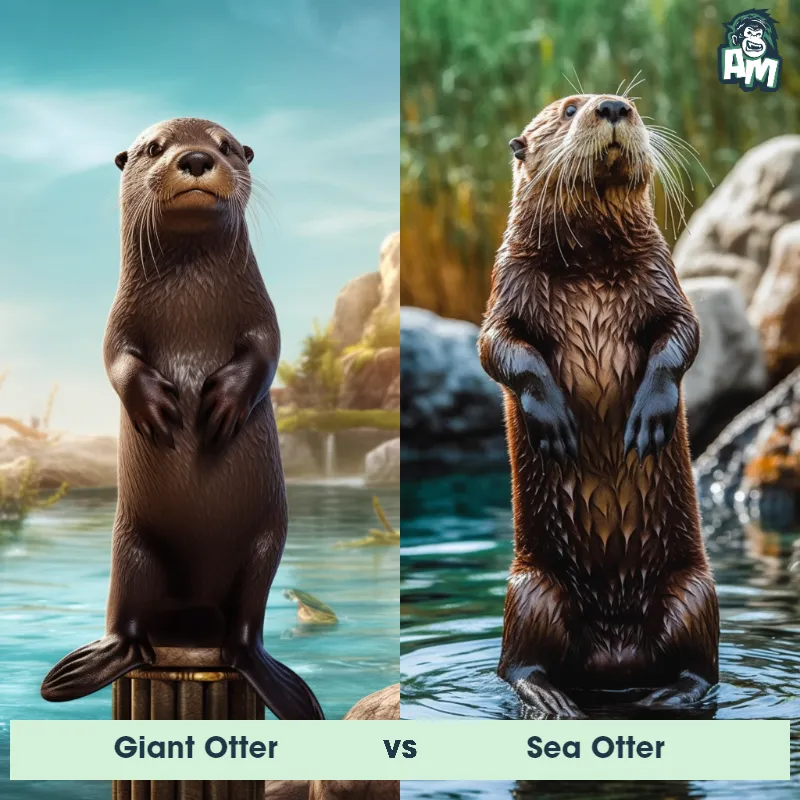Olive Baboon vs Honey BadgerSee Who Wins

Ladies and gentlemen, we have an intense matchup tonight between an Olive Baboon and a Honey Badger. Both of these animals are known for their aggressive and fearless nature, so we are in for a wild fight tonight!
Contender 1: Olive Baboon
The Olive Baboon, also known as the Anubis Baboon, is a species of baboon native to parts of East Africa and the Arabian Peninsula. These social primates are easily recognized by their large size, with males typically weighing around 30-40 kilograms and females being slightly smaller. Olive Baboons have short, coarse fur that ranges in color from yellowish-brown to gray, and their faces are hairless with prominent muzzles. They possess long, powerful limbs with grasping hands and opposable thumbs, making them adept climbers and walkers. With their impressive canines and protruding face bones called ischnia, they exhibit a robust appearance. These baboons are known for living in large groups called troops, which can contain up to 150 individuals, and engaging in complex social interactions.
Fun Fact: One fascinating fact about Olive Baboons is that they have a diverse diet, which includes a wide range of fruits, leaves, seeds, insects, small vertebrates, as well as occasional carrion and even soil, making them opportunistic omnivores.
Contender 2: Honey Badger
The Honey Badger, also known as the ratel, is a small carnivorous mammal found in Africa, Southwest Asia, and the Indian subcontinent. They have a stocky build, with a broad head, powerful jaws, and sharp claws. Their fur is thick and coarse, ranging in color from gray to black with a distinctive white stripe on their back. Honey Badgers are known for their fearless and aggressive nature, often taking on animals much larger than themselves, such as lions and hyenas. They are also known for their ability to withstand venomous snake bites and their love for honey, which they obtain by raiding beehives.
Fun Fact: Honey Badgers have been known to dig up and eat buried human corpses, earning them the nickname "the world's most fearless animal."
Matchup Stats
| Olive Baboon | Honey Badger | |
|---|---|---|
| Size | 2-3 feet (60-90 cm) tall | 25-30 inches (63-76 cm) in length |
| Weight | 66-88 pounds (30-40 kg) | 19-26 pounds (9-12 kg) |
| Speed | 34mph (55km/h) | Speed: 20 mph (32.19 km/hr) |
| Key Strength | Powerful jaws and canines | Powerful jaws and sharp claws |
| Biggest Weakness | Vulnerable to attacks on their lower body | Short legs and small size |
Current Votes
Olive Baboon vs Honey Badger
See Who Wins
View More Matches
Looking For More?
Similar Matches
Scientific Stats
| Olive Baboon | Honey Badger | |
|---|---|---|
| Scientific Name | Papio anubis | Mellivora capensis |
| Family | Cercopithecidae | Mustelidae |
| Habitat | Forests, savannas, and woodland areas | Terrestrial |
| Geography | East Africa and the Arabian Peninsula | Africa, Southwest Asia, and the Indian subcontinent |
| Diet | Fruits, leaves, seeds, insects, small vertebrates, carrion, and soil | Carnivorous, eats small mammals, birds, reptiles, insects, and honey |
| Lifespan | 20 years - 30 years | 24 years - 26 years |
Key Differences between Olive Baboon and Honey Badger
- Tail: The Olive Baboon has a long, slender tail that is held upright as an important communication tool, whereas the Honey Badger has a short, bushy tail that is not prominently displayed.
- Facial features: The Olive Baboon has a long muzzle with a pronounced dog-like snout and large cheek pouches, while the Honey Badger has a broad, flat head with a short, stocky build.
- Habitat: Olive Baboons are primarily found in savannas and open woodlands across sub-Saharan Africa, whereas Honey Badgers are found in a wide range of habitats including deserts, grasslands, and forests throughout Africa, the Middle East, and India.
- Size: The Olive Baboon is much larger in size, weighing between 33-85 pounds, while the Honey Badger is significantly smaller, weighing between 19-39 pounds.
- Behavior: Olive Baboons are highly social animals that live in large groups called troops, while Honey Badgers are solitary and highly territorial, often hunting and foraging alone.
- Coloration: The Olive Baboon has a distinct olive-green tint to its fur, with a darker face and hindquarters, whereas the Honey Badger has a honey-colored fur with a white stripe running down its back.






